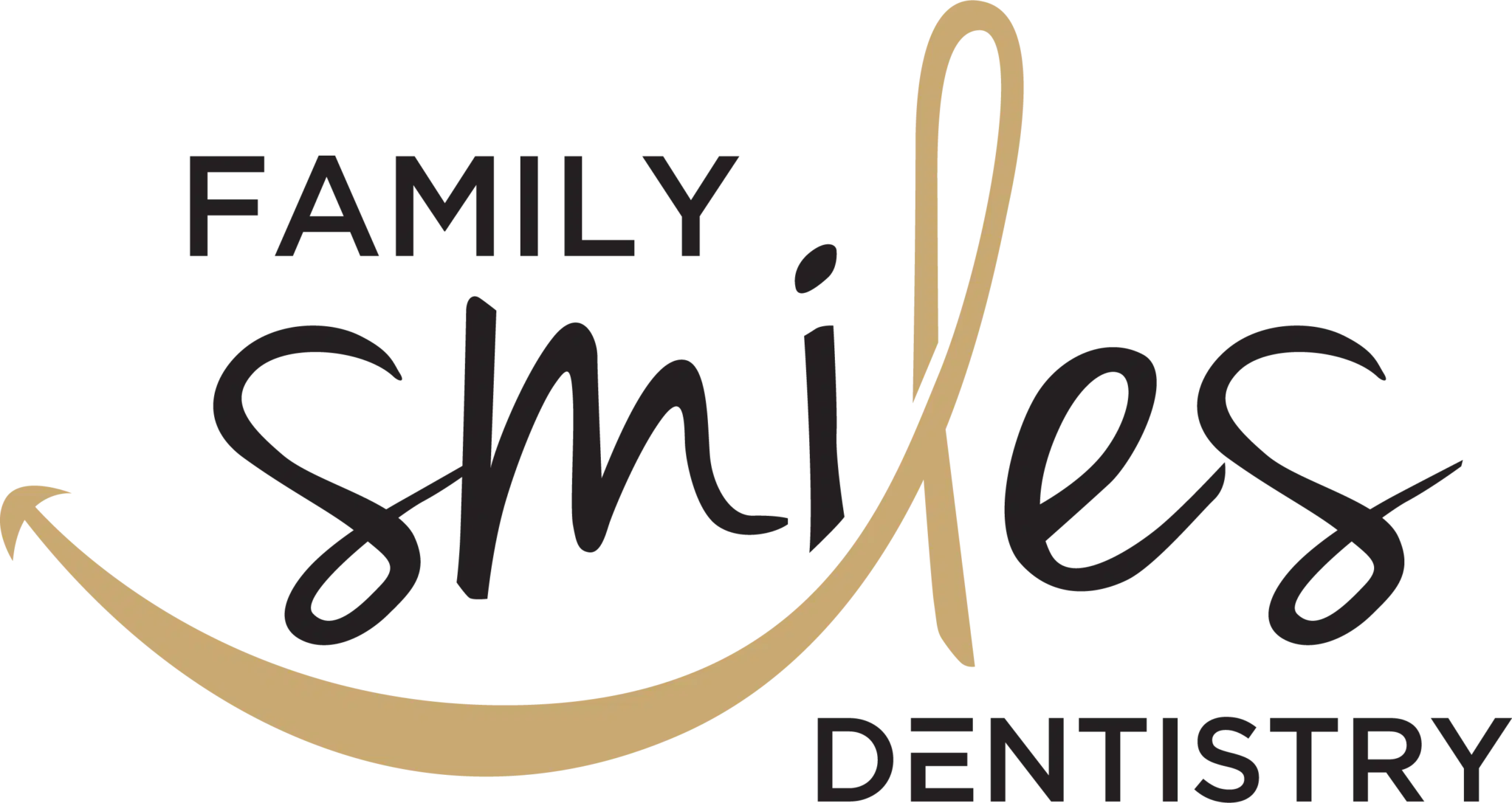Short answer: yes—when they’re recommended, dental X-rays are one of the safest, most useful tools for protecting your teeth and gums. They reveal problems that can’t be seen in a mirror or even during a routine exam, so you can fix small issues before they turn into expensive, painful emergencies.
What Dental X-Rays Show (That You Can’t See)
Even the most careful brushing can’t make hidden problems visible. X-rays help your dentist detect:
- Cavities between teeth that look fine from the outside.
- Infections at the root before they cause swelling or severe pain.
- Bone loss from gum disease, which often has few early symptoms.
- Cracks, failing fillings, and food traps that cause sensitivity and bad breath.
- Impacted or developing teeth in kids and teens that need monitoring.
- Sinus-related findings, cysts, or other anomalies that warrant a closer look.
That’s why X-rays are considered an essential part of a complete oral exam—they show the “whole picture,” not just the surfaces.
If it’s been a while, scheduling dental checkups ensures small problems are caught early and cleaned thoroughly during your preventive visit.

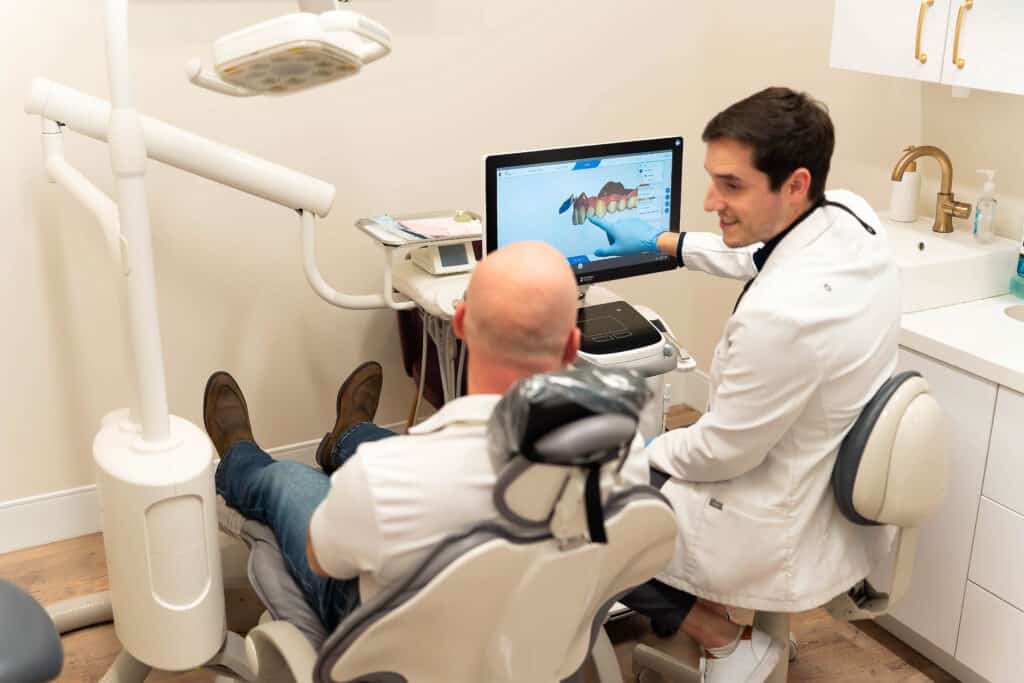
The Main Types of Dental X-Rays
You’ll most often hear about:
- Bitewings: Focused views that show the spaces between back teeth and the height of bone; ideal for finding hidden cavities and changes from gum disease.
- Periapicals: Show the entire tooth, from crown to tip of the root; useful when you have pain in a specific area.
- Panoramic/CBCT: Wide or 3-D views that show the jaws, sinuses, impacted teeth, and nerves often used for complex diagnosis or implant planning.
If you enjoy details, this short primer on types of dental X-rays covers the intraoral vs. extraoral views your dentist may order.
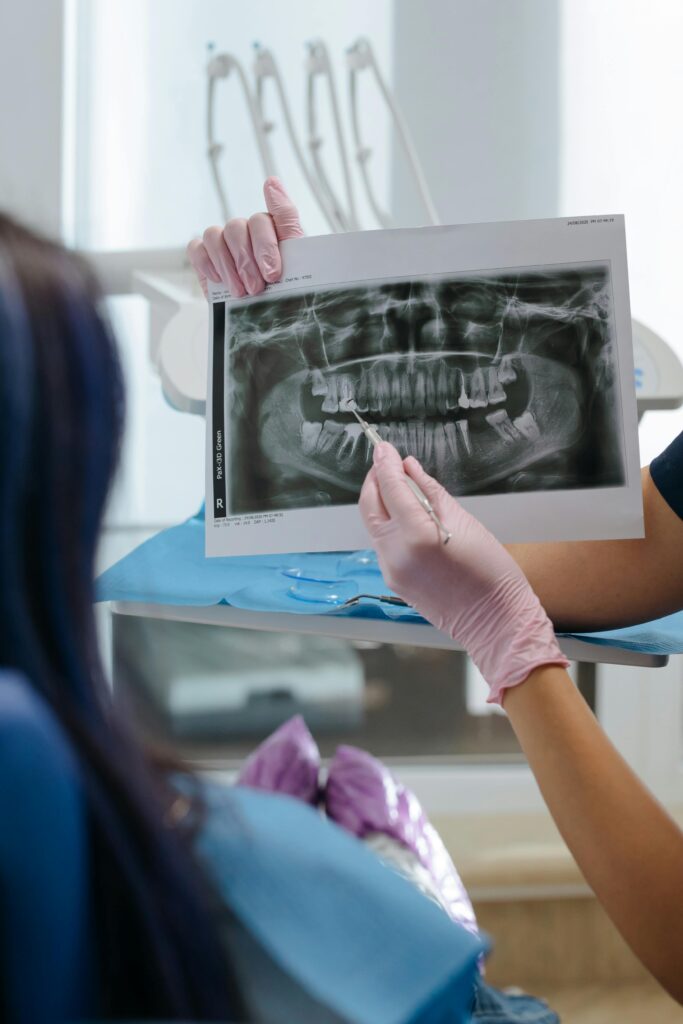
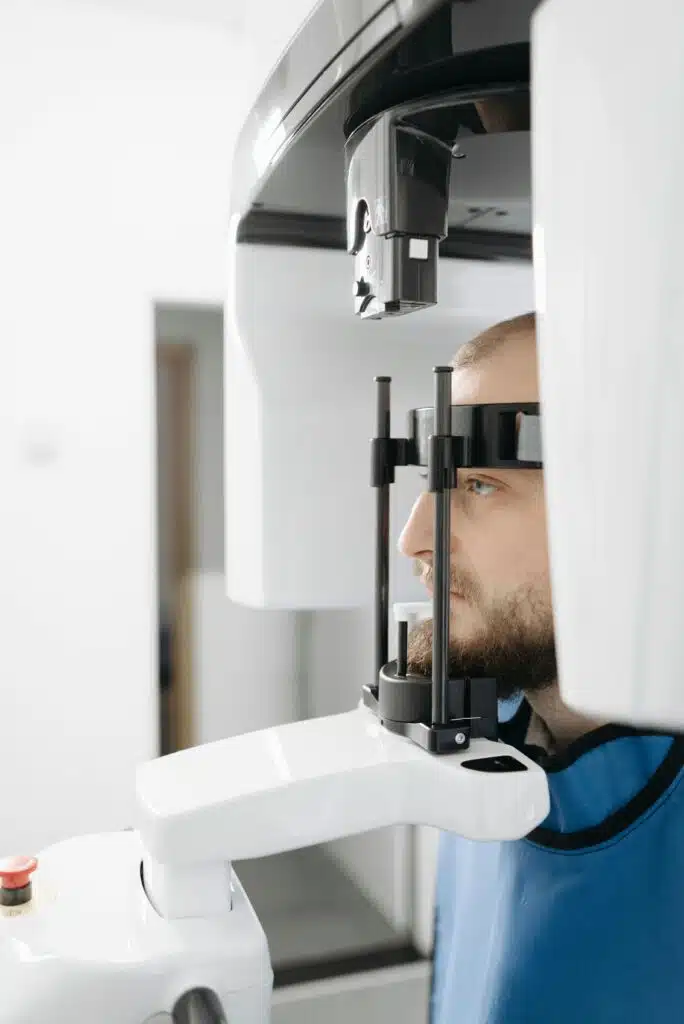
How Often Do You “Really” Need Them?
There isn’t a one-size-fits-all schedule. Your dentist bases frequency on your risk:
- Low risk / healthy history: Bitewings roughly once a year (sometimes less) to confirm nothing is brewing between teeth.
- Higher risk (history of cavities, dry mouth, orthodontics, or gum concerns): More frequent images to stay ahead of problems.
- New patients: A set of baseline images helps compare future changes.
The idea is simple: take the fewest images needed to make safe, accurate decisions no more, no less. Your dentist will pair images with a hands-on exam during preventive care to tailor the plan to you.
Are Dental X-Rays Safe?
Modern digital systems use very low radiation doses, combined with lead aprons and targeted techniques. Large health bodies agree that, while any radiation carries some risk, the diagnostic benefits of properly indicated dental X-rays significantly outweigh those risks especially because they prevent missed disease and unnecessary tooth loss.
A practical perspective: skipping indicated X-rays can mean missing a hidden cavity until it reaches the nerve turning a simple filling into a crown or extraction. If a tooth can’t be saved, replacement may involve dental implants or crowns & bridges far more invasive than a quick picture.
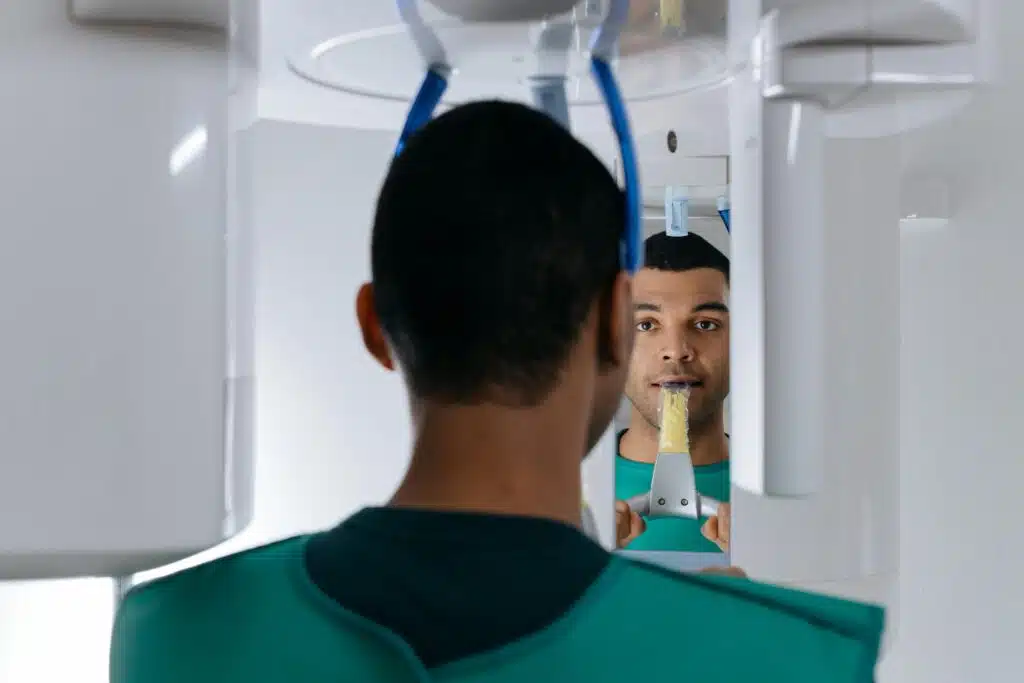
“Can I Just Wait Until It Hurts?”
Please don’t. Pain is a late symptom. By the time teeth hurt, decay may be deep or an infection may have formed at the root. Early X-ray detection usually means tiny fillings instead of root canals, extractions, or prosthetic work. That’s the whole point of preventive visits simple, scheduled care instead of emergencies.

Key Takeaways
- X-rays find problems you can’t see—before they get painful or expensive.
- Frequency depends on your risk. Your dentist tailors the schedule to you during checkups.
- Modern systems are low-dose and targeted. The benefits of indicated images outweigh the small risks.
- X-rays pair with 3-D planning and same-day restorations when needed—technology that streamlines care and improves outcomes.
See the Whole Picture, Save the Tooth
You don’t need X-rays at every visit, but when your dentist recommends them, it’s because seeing more now prevents bigger problems later. If you’re overdue for an image or have a tooth that’s been “quietly suspicious,” the best step is a thorough exam with the right views.
X-rays let us catch silent problems early, when a small filling fixes it—not a crown or extraction.
Have questions or ready to book your next visit?
Contact us today—we’re here to help every step of the way.
